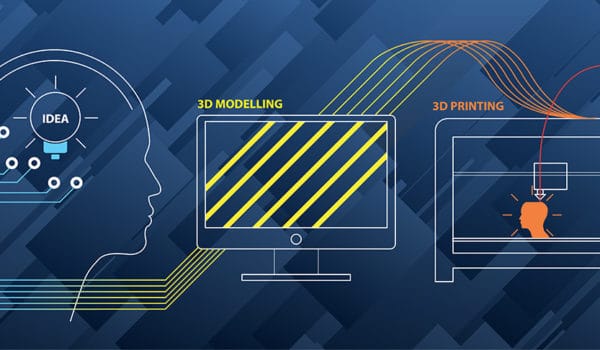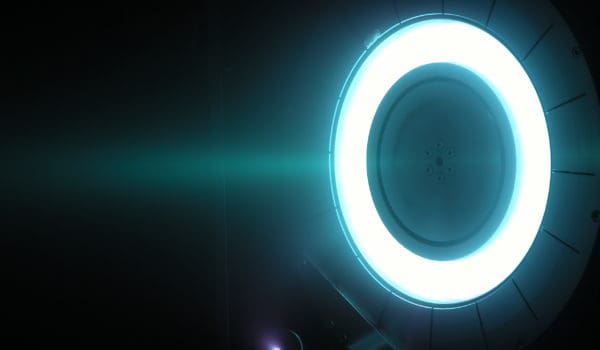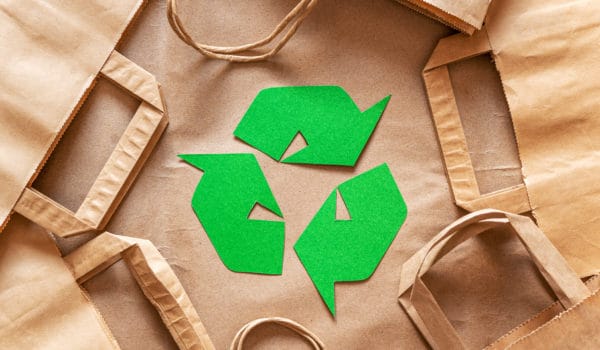Many people confuse invention with innovation or feel that every invention is an innovation, however, this is not the case. The important distinction is that invention is about creating something new without concern for value. To innovate, you must combine creativity with a measurable and commercial value-add. Begin with something recognizable. Then develop an idea to capitalize on it.
A key to understanding innovation-based growth is to understand that innovation is not invention, nor is it only high-tech and the creation of new technology and gadgets.
Two different etymologies:
Even though the words Invention and Innovation seem similar, they do not have the same etymological Latin root:
- The word ‘invention’ is derived from the Latin word ‘invenire’, which means ‘to find’ or ‘to discover’.
- The term ‘novus’ refers to anything ‘new’.
Two distinct meanings:
Aside from not having the same root, Innovation and Invention have distinct meanings.
- Invention: a novel arrangement, composition, device, or technique. Some innovations are based on pre-existing models or concepts, while others are revolutionary. Inventions have the potential to expand human knowledge or experience.
- Innovation: The application of a new or considerably better product (goods or services), process, marketing approach, or organizational method in business processes, workplace organization, or external interactions is considered an innovation.
It’s easy to understand how difficult it might be to discern between these two notions. After all, the word ‘new’ is synonymous with both innovation and invention. The main distinction is that innovators develop something absolutely unique. This might be a technological concept or a scientific method.
Inventions must, of course, work. You can’t just come up with any fresh concept, you must be able to demonstrate that you can make it a success. This is when creativity comes into play. Innovators may create something that is not entirely novel. Rather, they work within the constraints of what currently exists and is easily available for use. Innovators employ previously established techniques or platforms to produce a commercially viable product or process that meets market demand and has customers waiting in line. A product or procedure is imaginative if it has never been done before; whether it is innovative is determined by whether people would derive genuine value from it.
When we consider creativity and innovation in a real-world environment, we may see a trend. Great innovations were not always created by people who initially had the concept. They are instead given to the inventor who was able to develop the idea into a commercial product.
Was the iPhone a great invention? No, the iPhone can be dissected into distinct innovations and evolutionary consolidations of various device functions and features. There are no technologically groundbreaking inventions in the first (or second, or third) generation iPhones.
Was the iPhone a great innovation? Yes, absolutely.
The iPhone spawned an ecosystem of media content, telecommunications, licensing, and application development, bringing them all together under one roof. The iPad built on that success by introducing a new ‘screen’ to widen the mobile and personal experience (which had previously been highly lean-in) to accommodate greater ‘lean back’ ergonomics and interactivity. I would argue that the iPad moved Apple and iTunes away from music and into video and other rich-content businesses (such as gaming).
A significant lesson may be learned from this. If your innovation isn’t inventive enough, it won’t get you very far. If an invention does not provide real-world value to the user, it will be surpassed by one that meets the need.
Meanwhile, innovators take an idea and turn it into a vision for a method or product that will be so beneficial to its consumers that they will gladly pay for it. They inquire as to what should be done to improve a product. What is the missing piece of the jigsaw that will make this product a useful complement to the existing offerings? Innovators don’t rely on their imagination to come up with fresh ideas. Instead, they imagine a commercial with it.
So, whereas invention is about producing something new and unique, innovation is about converting that uniqueness into a marketable product. Innovation may be the flashy synonym for success in the commercial world, but at its heart is always inventiveness.
There must first be invention before there can be innovation. While the innovations aren’t as exciting as the innovation, they’re as crucial to the end result. Consider this: inventors are the nerdy scientists or engineers who come up with amazing technologies, while innovators are the entrepreneurs who recognize the potential of that idea and adapt it to a consumer product. They are both critical. A product can be both an innovation and an invention in certain rare cases, but they are so rare that I can’t offer you a decent example. If we take today’s example, Elon Musk is more like Steve Jobs than Nikola Tesla in that he is an innovator and not an inventor.
Photo: Midnight Studio TH/Shutterstock
You might also like:
Support us!
All your donations will be used to pay the magazine’s journalists and to support the ongoing costs of maintaining the site.
Share this post
Interested in co-operating with us?
We are open to co-operation from writers and businesses alike. You can reach us on our email at [email protected]/[email protected] and we will get back to you as quick as we can.










